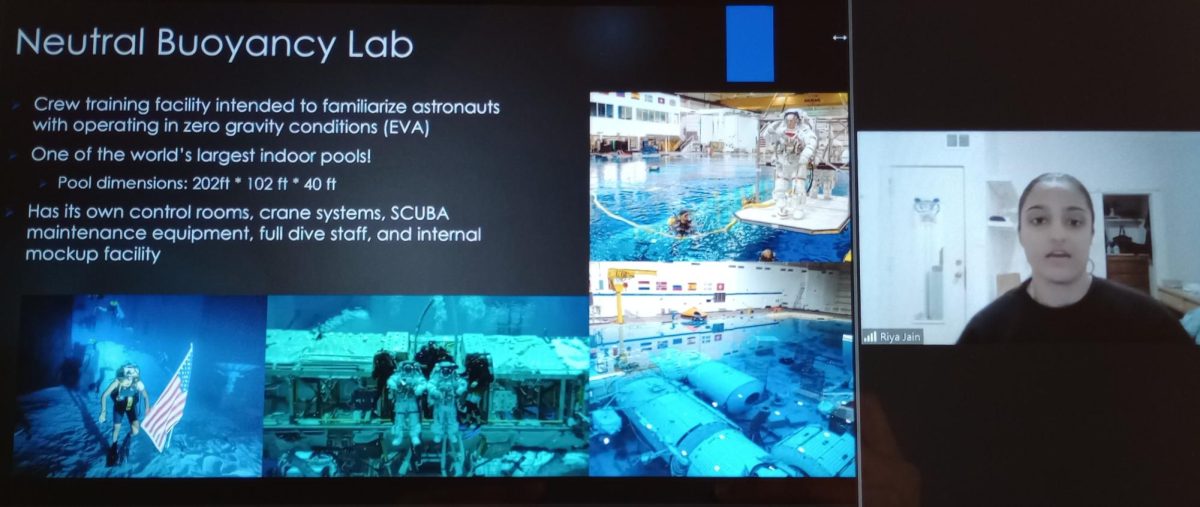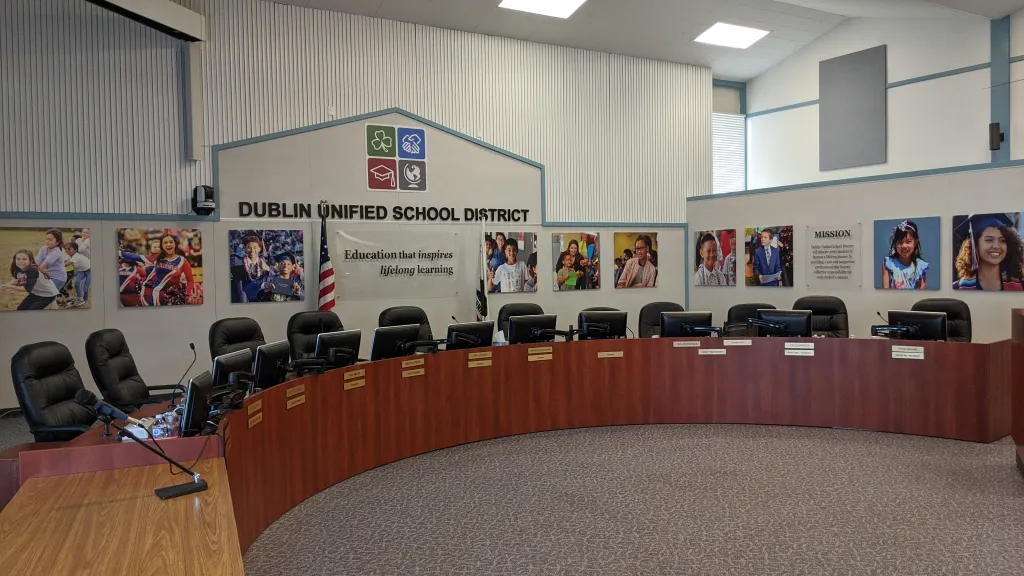A Guide to Picking the Right School For Your Wallet
With costs steeply rising and graduating “debt-free” a distant dream, the search for the right college at the right price has become overwhelmingly difficult. Money magazine reports that the number of Americans who have searched the internet using the words “college” and “value” has jumped 10% from 2014.
The obvious reason for this heightened scrutiny is the current cost of getting a basic degree. According to Money magazine, the typical cost of a BA from a public university is about $75,000, even after financial aid and tax breaks. At a private college, this amount jumps to $115,000 and more; and if ineligible for aid, it could very well be up to $250,000.
To help students and parents navigate through this challenging process, the August 2015 issue of Money magazine published their second annual college rankings, based on measures of educational quality, affordability, and career earnings. They identified more than 700 colleges that are “truly worth the investment.”
Money found that the best colleges are neither the elite institutions, nor the cheapest. This list includes many colleges that don’t typically show up on the “best of the best” lists. “A school’s name isn’t everything. Results are,” says Mark Schneider, former head of the National Center for Education Statistics, who collaborated with Money to develop the rankings. “You may be surprised that schools you may have never heard of will give you a better shot at success.”
This year, Stanford University ranked #1 overall for its “emphasis on innovative teaching, generous aid policies, and average alumni earnings well above even Ivy League standards.”
However, Stanford’s acceptance rate is only 6% – making it difficult to actually get into. Money also provides a list of great schools that accept at least two-thirds of applicants (about 66%).
To make the most of your investment, Money lists five important things to focus on while selecting the right school.
Helping get you to the goal
A school’s graduation rate is the most important indicator of educational quality. On average, only 39% of college students graduate in four years, according to Money. Their advice is to look for above-average graduation rates before applying.
A push to exceed expectations
If you have a spotty high school academic record, be sure to look for schools that help you perform far better than expected. While it may not be the most inexpensive option, it is undoubtedly worth the investment.
A blend of practical skills and smarts
Money advises applicants to look for schools that balance academics with practical skills used in the real-world. In a 2013 survey conducted by Hart Research Associates, employers deemed “field-specific and broad skills and knowledge” as the most important quality of successful workers.
Face time that pays off now and later
A 2014 Gallup poll revealed that the most professionally successful American graduates had professors who deeply cared about them and made them enthusiastic about learning. “Mentorship from instructors is one of the most fundamental aspects of a good-value college,” says Brandon Busteed, executive director of Gallup’s education division. Money recommends looking for colleges with small class sizes.
Innovative teaching methods
Colleges that replace traditional lecture halls with “active, collaborative” learning incite students to learn. Money believes that the most powerful classes are the ones where the professors give brief presentations, assign in-class problems, and offer immediate feedback and guidance. A study by Cindy Ann Kilgo, an education researcher from the University of Iowa, found that students exposed to this style of learning demonstrated 10% greater growth in critical thinking than those in a more traditional setting.
For the complete rankings of the 700+ schools that are worth your investment, visit https://best-colleges.time.com/money/full-ranking#/list.
Your donation will support the student journalists of Dublin High School. Your contribution will allow us to purchase equipment and cover our annual website hosting costs.

Neha Harpanhalli is a junior at Dublin High School and the Senior Student Life Editor for the Dublin Shield. She is extremely passionate about reading...


































